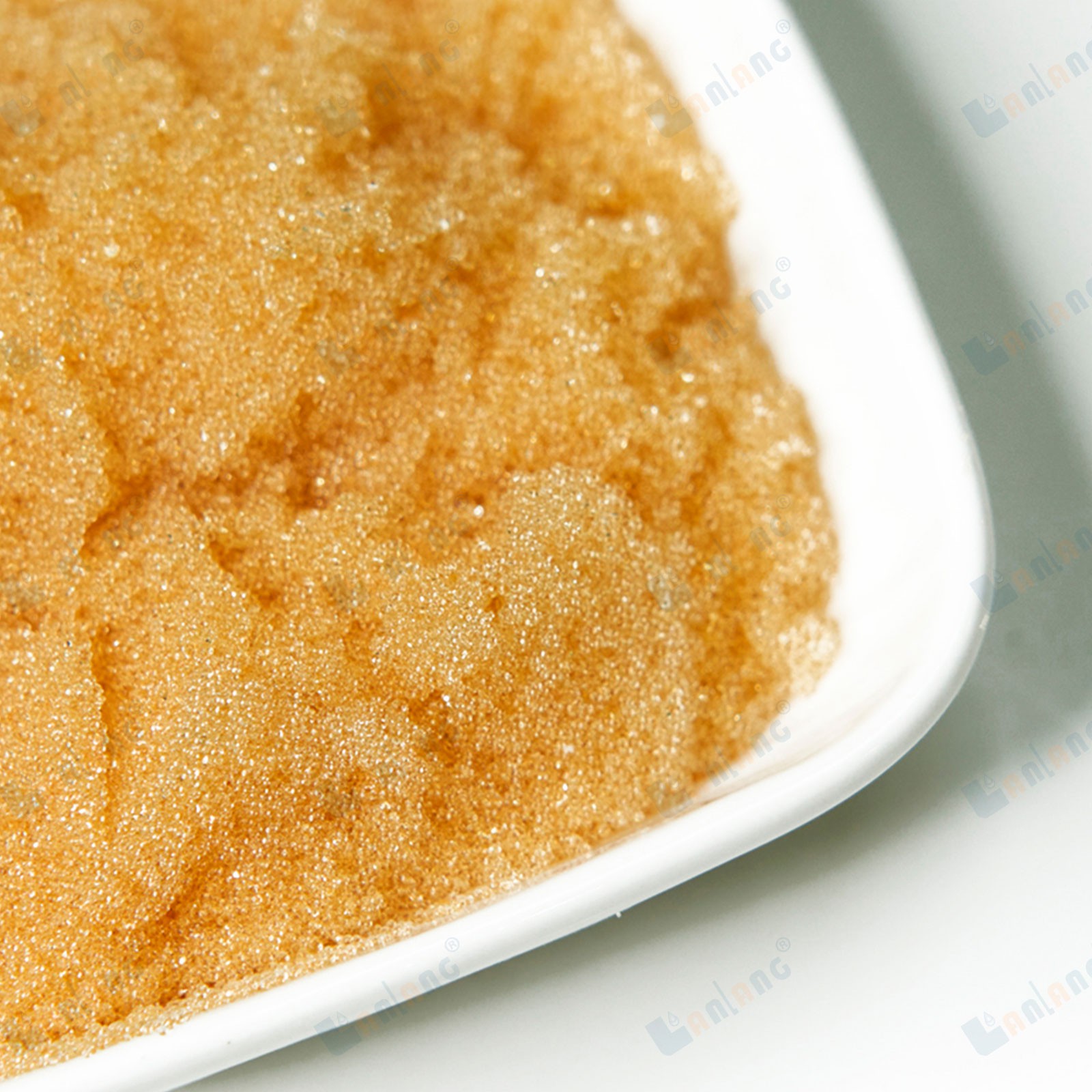Cation and anion exchange resins are both commonly used in water treatment, but they function in different ways and target different types of ions. Let's first define what a resin is. Resins are synthetic polymers that have a high affinity for specific ions and can exchange those ions with other ions in a solution. These resins are designed to remove contaminants from water by exchanging the undesirable ions with more desirable ones.

Cation exchange resins are those that exchange positively charged ions, or cations, with hydrogen ions or other positively charged ions. These resins typically contain negatively charged functional groups, such as sulfonic acid groups, that attract and bind to positively charged ions. As water flows through the resin bed, the cation exchange resin removes minerals like calcium, magnesium, and sodium, which are commonly found in hard water. In some cases, cation exchange resins are also used for the removal of heavy metals like lead, cadmium, and copper.
Anion exchange resins, on the other hand, remove negatively charged ions, or anions. These resins typically contain positively charged functional groups, such as ammonium or quaternary ammonium groups, that attract and bind to negatively charged ions. Anion exchange resins are used to remove contaminants like nitrates, sulfates, and chlorides. They are also effective in removing certain organic compounds and pesticides from water.
Both cation and anion exchange resins can be used in combination with each other to provide a complete water treatment solution. In this case, the cation exchange resin is used to remove the positively charged ions, while the anion exchange resin removes the negatively charged ions. The result is highly purified water that is safe for human consumption.
When selecting a resin for water treatment, it's important to consider the specific contaminants that need to be removed and the water's pH. Cation exchange resins work best in low pH water, typically less than 6.5, while anion exchange resins work best in high pH water, generally above 8.5. If the water being treated has a pH between 6.5 and 8.5, a combination of cation and anion exchange resins may be required.


